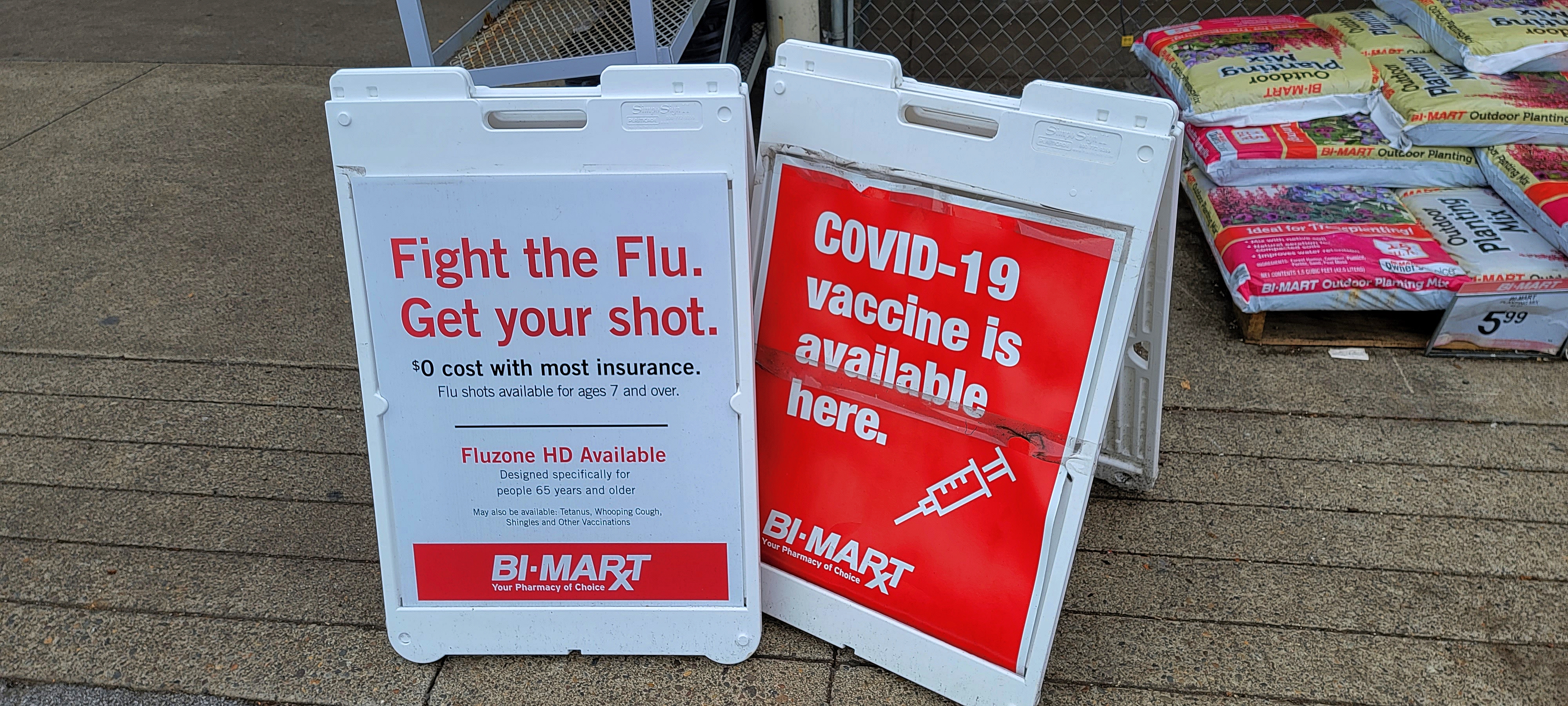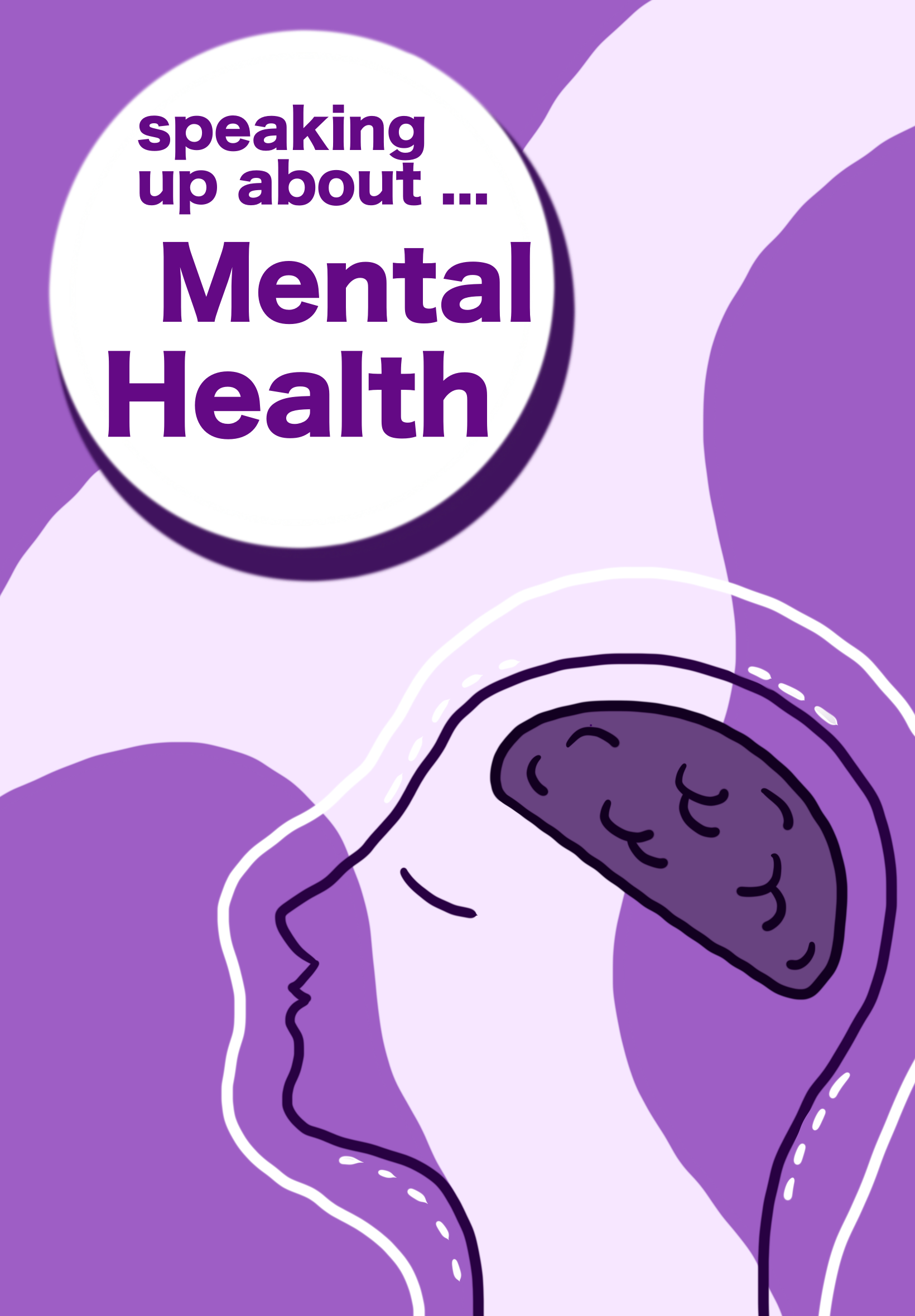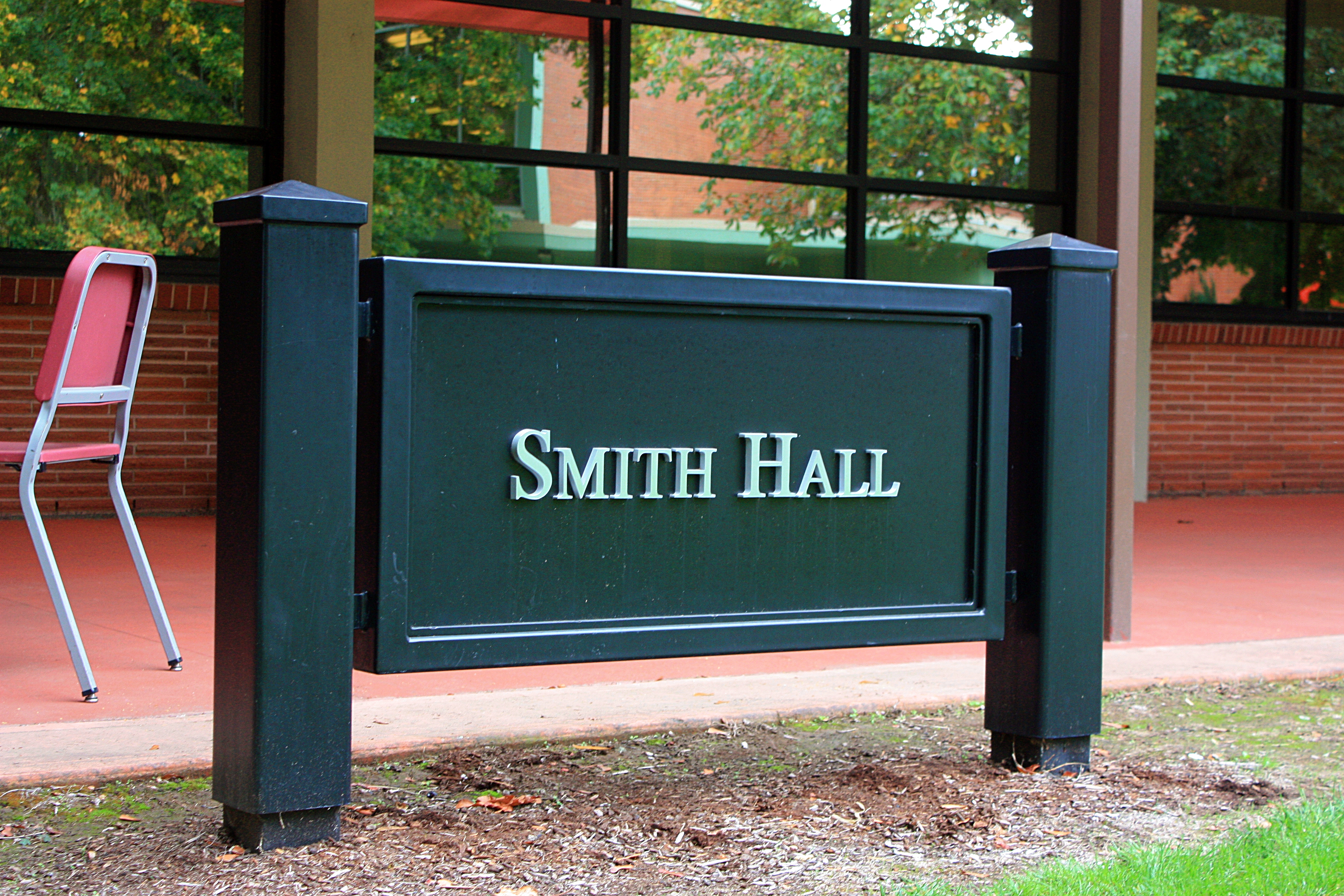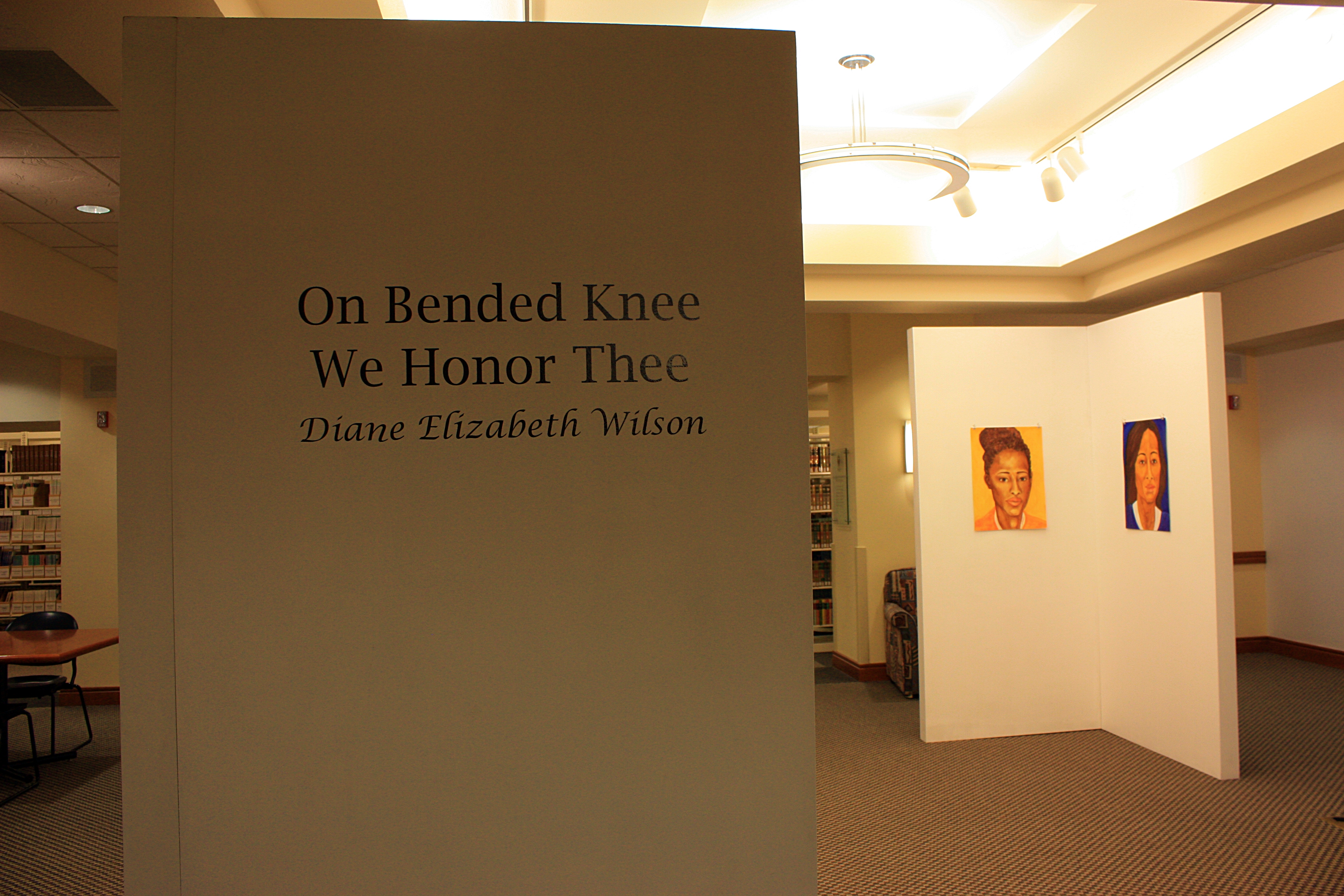Everything students need to know about free tutoring at Western
Mikayla Coleman | News Editor
As students are entering week three of fall term at Western, the time for tutoring is upon us. Western offers a wide variety of student tutoring and support services that many students do not even realize are available to them, completely for free. There is no reason for any student to struggle alone or be afraid to reach out for help in subjects that they need extra support in when there are so many kind faces ready to set them up for academic success.
Appointment availability decreases as the demand for tutoring and help in courses rises near the end of the term. To ensure students receive all the help they need, it is encouraged to be mindful of when the most support will be needed in specific courses and make appointments in advance accordingly.
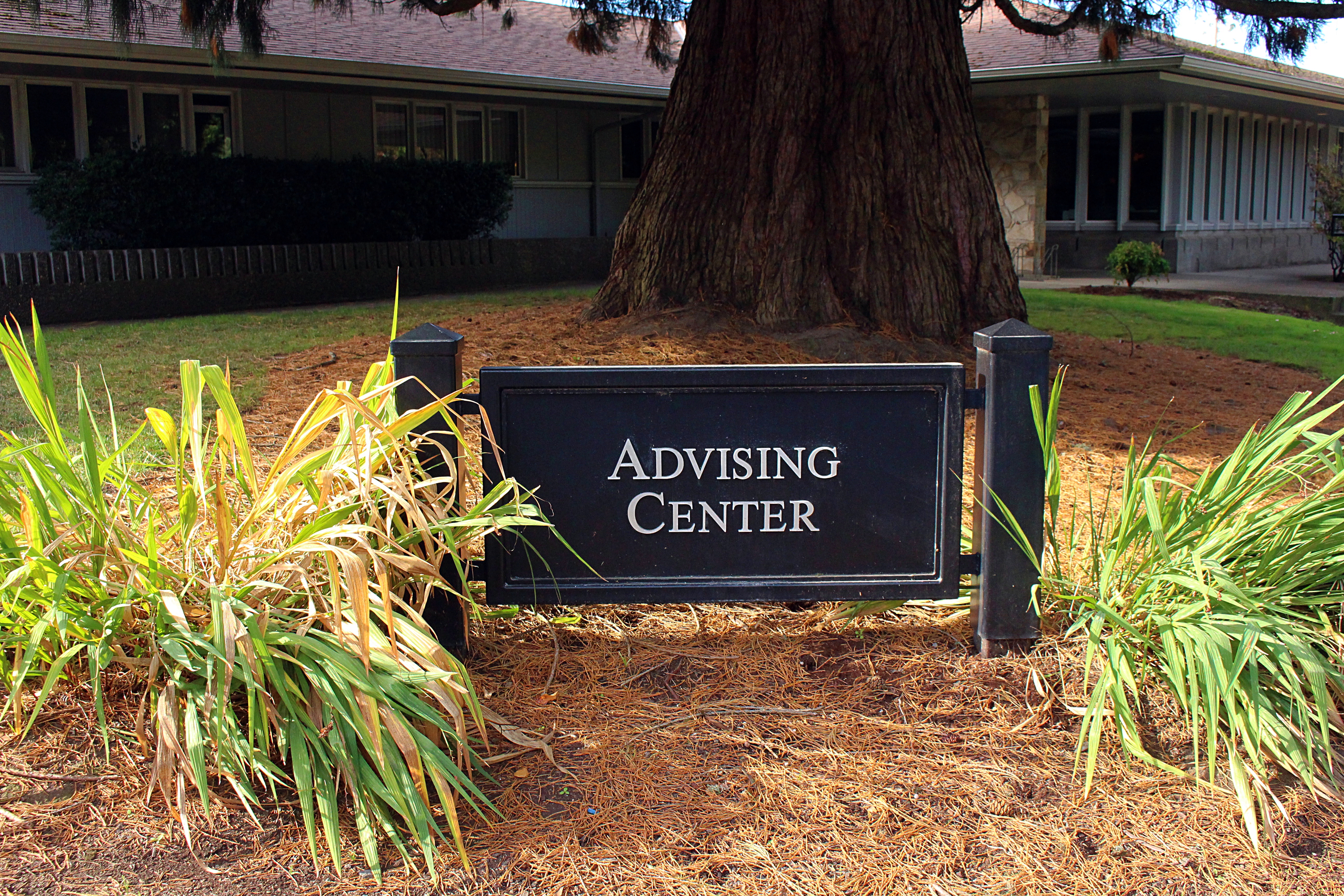
Writing Center — The Writing Center offers writing help for papers and professional projects. Many English courses at Western either require an appointment with the Writing Center for course credit or offer extra credit for showing proof of a Writing Center appointment when working on a project. They are currently offering appointments online and in person on the first floor of Hamersly Library. The easiest way to make an appointment is to use their specific online scheduler via the Western portal.
Math Center — The Math Center offers drop-in math tutoring for almost all 100, 200 and 300 level courses, both in person on the second floor of Hammersly Library or online via Zoom.
Science Center — The Science Center offers drop-in and scheduled appointments in person, in study room 124 in Hamersly Library or online via Zoom. The Science Center seeks to help struggling students master skills that are necessary for success in science courses here at Western.
Computing Science Tutoring — The Computing Science Center offers tutoring in upper and lower computer science and information system courses. They offer drop-in appointments Monday – Thursday from 12 – 4 p.m. in person in the newly renovated ITC in room 310D, or online via Zoom. To make an appointment, students are encouraged to email a known tutor or reach out to the tutoring director, Tracy Boyson.
SSA Tutoring — Student Success and Advising Tutoring covers the most ground by far, tutoring in over 20 different subjects, many of which fall under general education requirements. Outside of the previously stated academic disciplines — they cover many different nontraditional tutoring subjects such as art, music, sustainability and gerontology. In addition, they offer study skills tutoring where students can learn how to be more effective in their notetaking, test taking and time management skills.
According to Keegan Gormally, the tutoring coordinator/academic success advisor for SSA, “SSA Tutoring seeks to build content knowledge in courses, study skills and academic habits, peer connections/connections to campus for students, support for students so they are more likely to seek help, and empower students towards their personal and academic goals.”
SSA Tutoring appointments are going to remain strictly via Zoom through fall term. Students can schedule appointments with a plethora of different tutors via the Wolf Connection System on the Western portal.

Contact the author at newseditor@thewesternhowl.com


